Double Burial Chamber in St. Étienne Cemetery
Iron Age II, 9th–7th Century BCE
Image
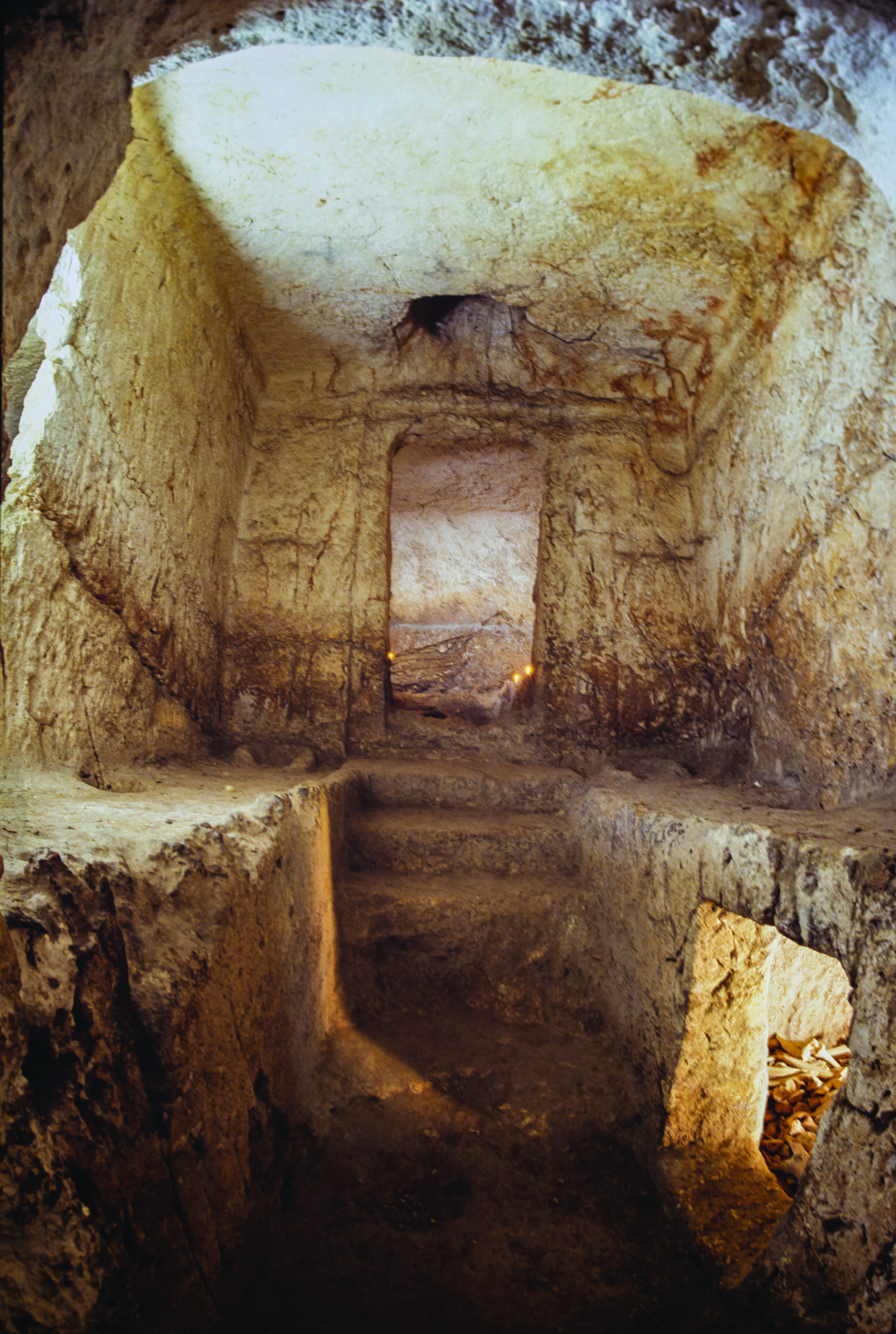
Engage with this Source
Restricted
Image
Places:
Jerusalem, Land of Israel (Jerusalem, Israel)
Related Guide
Provenance and Dating of Artifacts from the Biblical Period
Biblical Period
Artifacts help historians reconstruct the past, using layers of excavation to establish the chronology of the sites they excavate.
Related Guide
Ancient Israelite Tombs and Burial Practices
Biblical Period
Biblical beliefs about death are not altogether consistent, but burial sites and objects provide some insight.
You may also like
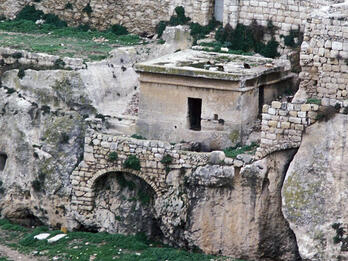
Tomb of Pharaoh’s Daughter
The cemetery in the village of Silwan, on the hill east of the City of David, included some aboveground tombs, cut out from the cliffs on three or four sides so that they look like buildings. These…
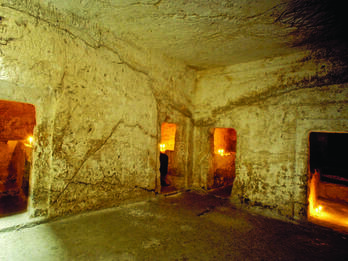
St. Etienne Burial Caves
On the grounds of the St. Étienne monastery, north of the Damascus Gate in Jerusalem, were two elaborate burial caves that each included a large central hall surrounded by several rectangular rooms…
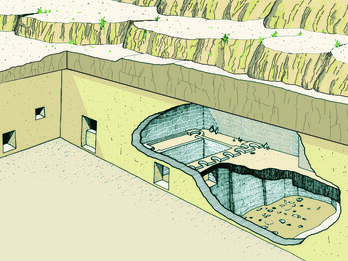
Tombs from Ketef Hinnom Cemetery
A group of elaborate tombs was found on the slopes of Jerusalem’s Hinnom Valley, including a cluster at Ketef Hinnom behind what is now the Menachem Begin Center. This is an artist's reconstruction of…
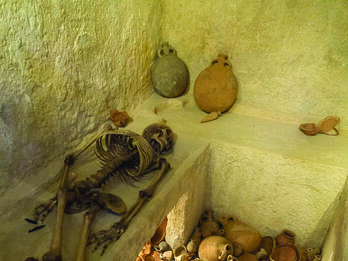
Burial Chamber from Ketef Hinnom Cemetery
Shown here is a reconstructed burial chamber from Ketef Hinnom, on exhibit at the Israel Museum. There are ledges along the side and back walls, with low parapets visible along two of the ledges. A…
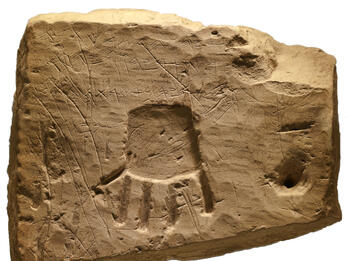
Hamsa-like Hand in Khirbet el-Kom (Makkedah) Tomb
This small hand, carved in stone with downward-pointing fingers, was probably apotropaic—that is, meant to protect the person buried in the tomb where it was found. It was carved on a wall between the…

